- All posts
- Energy Efficiency
- Facility Management
- Handicap Accessible
- Heated Mats
- industrial
- Insurance
- Landscaping
- Liability
- Press Release
- Property Maintenance
- Shoveling
- Slip and Fall
- snow and ice management
- Snow and Ice Removal
- Snow Melting
- Snow melting mats
- Snow Removal
- Snow Removal Contractor
- winter prep
- Winter Safety
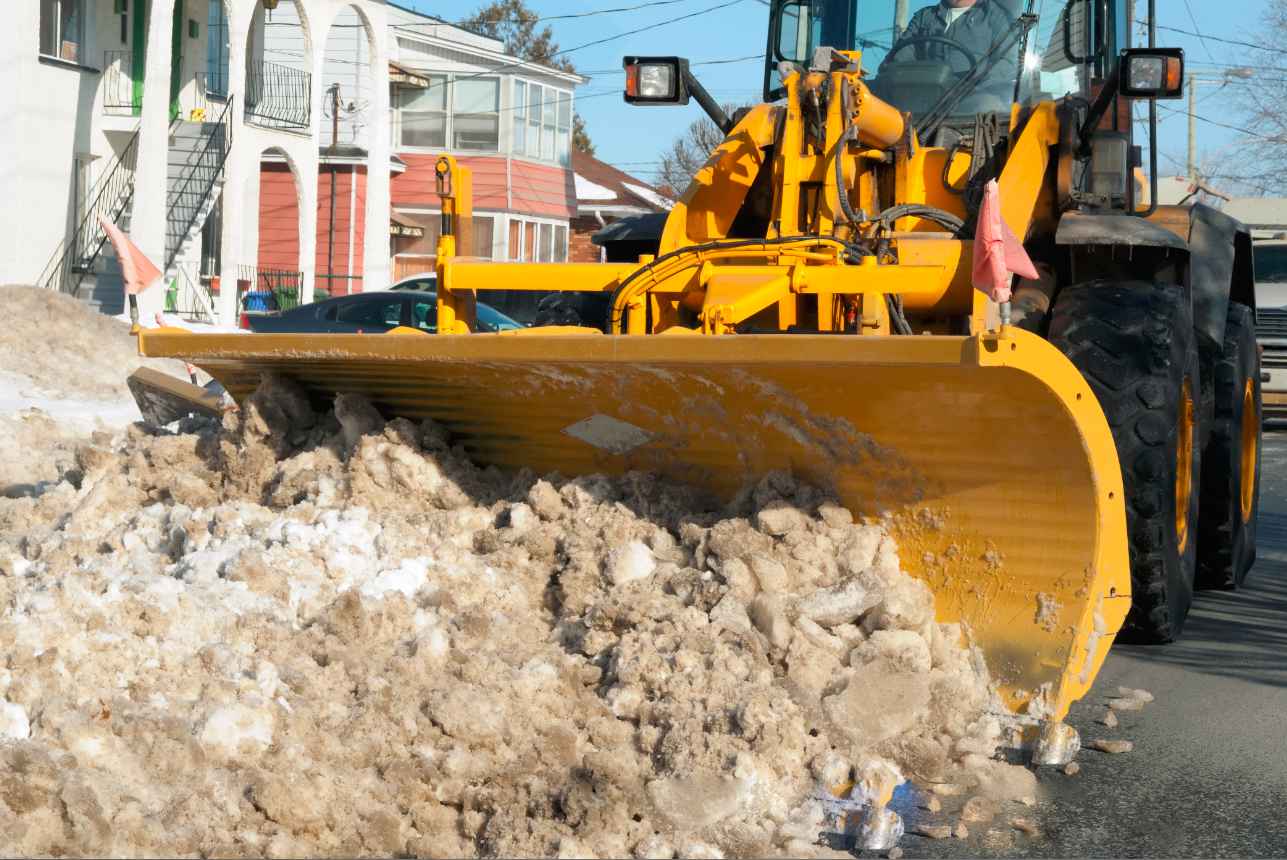
How To Choose the Best Snow Plow for Your Facility
Snow plowing is not exactly a task many people look forward to. But for commercial snow removal, it is a necessary undertaking for access, as well as to prevent water and snow ingress into buildi...
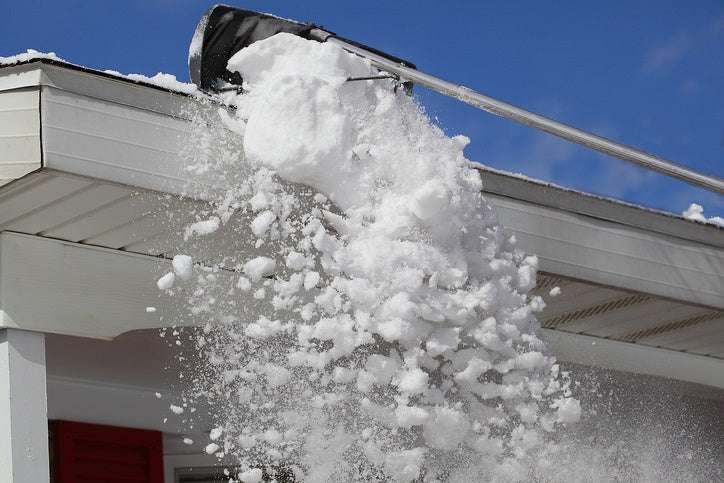
The Importance of Facility Rooftop Snow Removal
In February 2015, record snowfalls in Boston caused 44 roofs to collapse across a two-day period. Throughout New England, in fact, ice dams, snow drifts, and snow weight threatened roofs as more th...

Five of the Most Highly Compensated Slip and Fall Lawsuits
In today’s litigious society, facilities with deep pockets are at risk for expensive lawsuits, particularly for personal injury claims from visitors and licensees. In northern locations where long ...
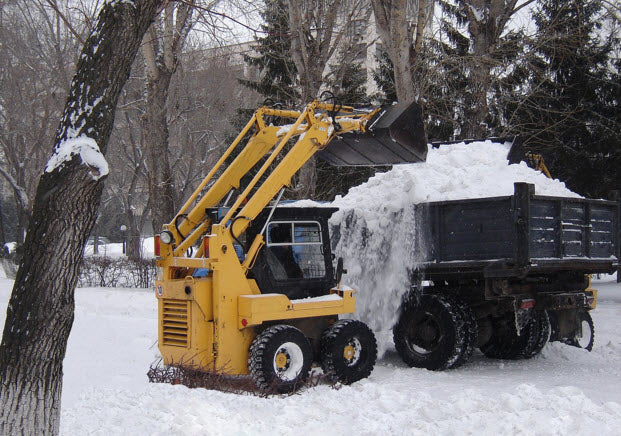
Is Your Inventory Stocked With All Commercial Snow Removal Tools?
With winter upon us, facility managers should take a cue to get busy stocking up on tools and equipment that will be needed for wintertime snow and ice removal. Along with a well trained staff and...

Liability and Snow Removal Contractors: 3 Pitfalls to Avoid
Facility managers know the importance of keeping walkways and parking lots safe for pedestrians during inclement weather. Many organizations choose to contract with professional snow removers. Ther...
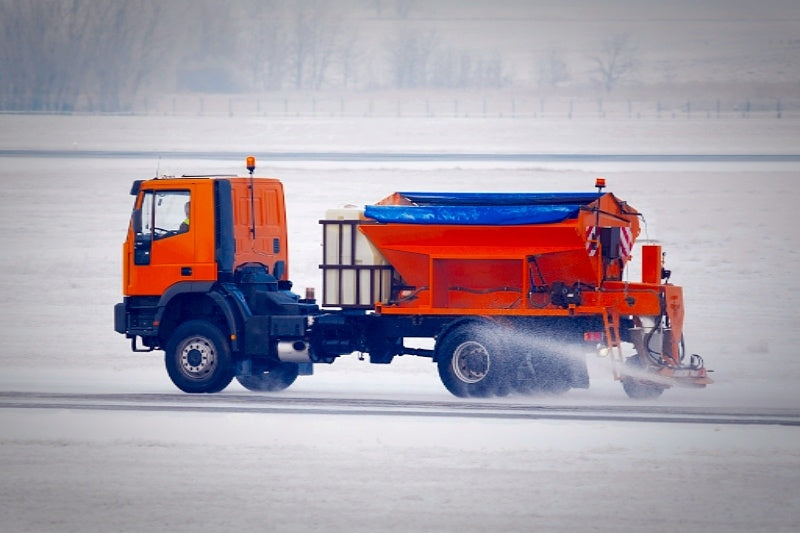
Charles Glossop on Pre-treatment and Brine for Snow and Ice Management
In this interview with Charles Glossop, owner and general manager of Hantho Farms, a snow removal and landscaping company in Rockford, Minnesota, we'll learn all about pre-treatment and the use of...
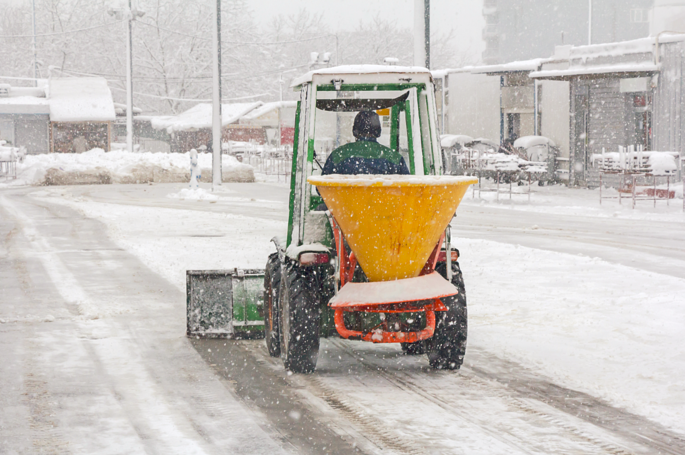
Often Overlooked Factors that Affect The Cost of Snow Removal
The last few winters have brought ever fluctuating levels of snowfall, and with that comes the ever increasing cost of snow removal. There are many factors that can determine these costs for large ...
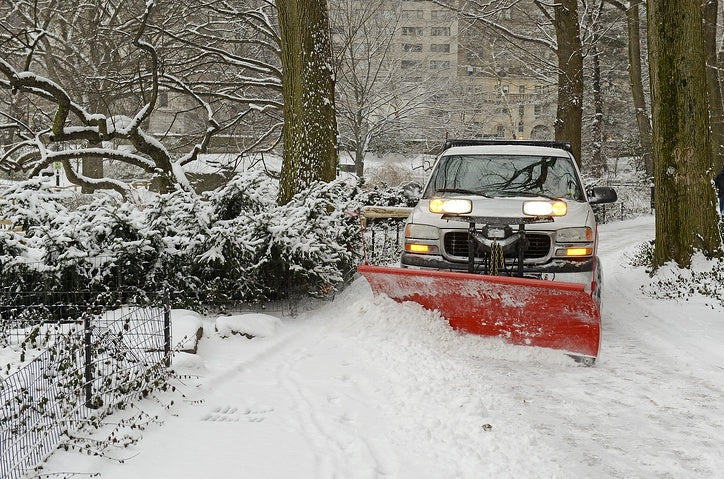
Commercial Snow Removal Precautions You Might Not Have Considered
For facilities that operate in Midwest and northern regions, planning a commercial snow removal plan that can cope with the effects of snowfall is an essential part of doing business. Office buildi...
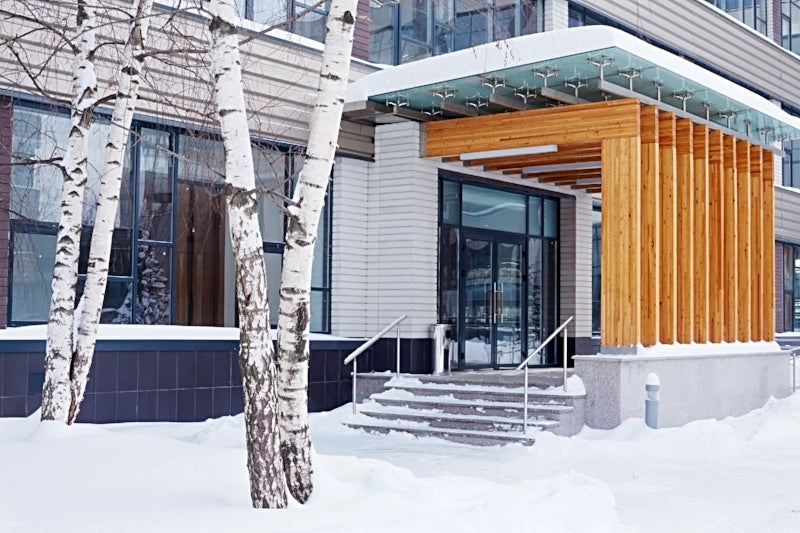
Tree and Landscaping Precautions to Take Before Winter
Your facility trees and carefully manicured landscaping enter the "danger zone" with every approaching winter season. Unless you take the proper precautions, and in a timely manner, you run the ri...

John Allin on Slip and Fall Lawsuits and the Snow & Ice Removal Industry
In this interview, you’ll learn all about John Allin, founder of SIMA, key player in the founding of ASCA, expert witness, and overall big name in the snow and ice removal industry. HeatTrak: Sha...
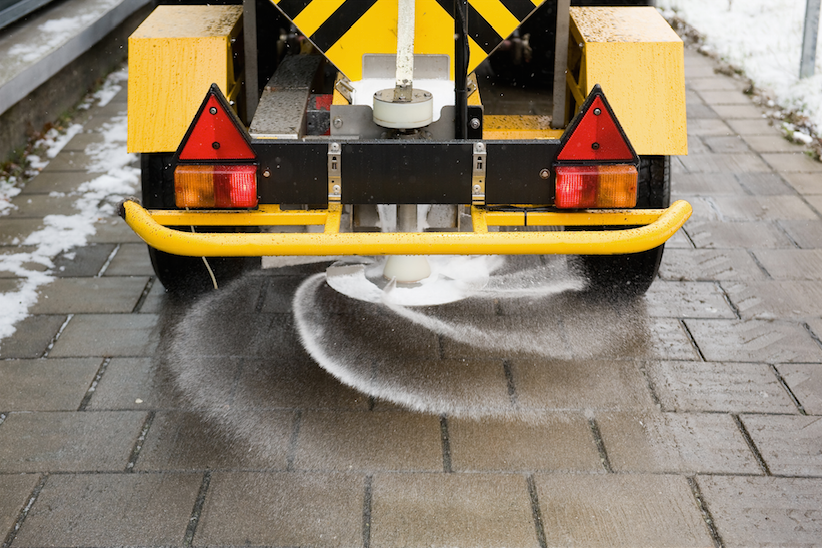
7 Snow Removal Alternatives to Using Salt and Chemicals
Snow removal is a tedious task but essential if you are to avoid accidents and liabilities. One of the most common ways to get rid of snow is with salt, which, although reasonably effective, does ...
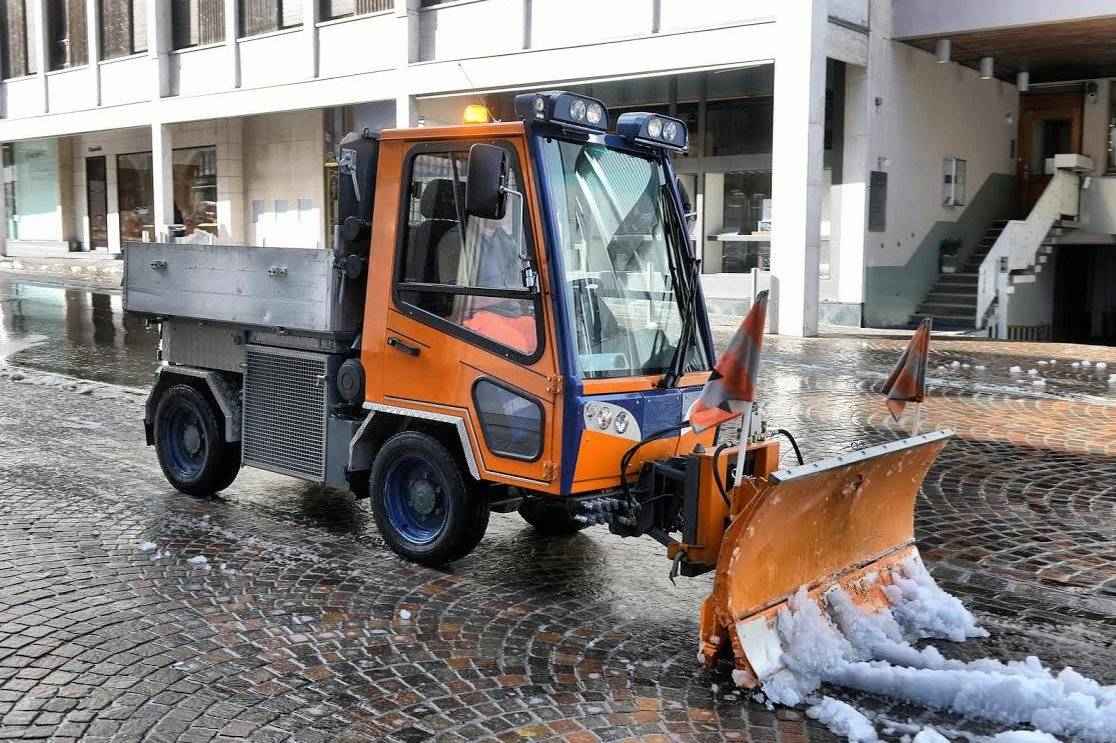
Liability Issues Make Winter Snow Removal a Top Priority
Even under the worst weather conditions, business continues. People still need to get to office buildings, hospitals, universities, and other facilities. Ineffective maintenance of the grounds in...

Pros and Cons of Outsourcing Commercial Snow Removal
One of the major decisions that facility managers must make every winter is whether to do all commercial snow removal tasks in-house or to outsource the job to a third-party provider. Given the cru...

ASCA Industry Standards for Snow and Ice Management
One major tool that facility managers can avail themselves of is the Accredited Snow Contractors Association (ASCA) and their "legal defense mechanism" known as the System Requirements for Snow and...

Breaking Down SIMA's Snow and Ice Glossary
There’s one resource that you’ll notice continually popping up in our blog posts and articles--SIMA, the Snow and Ice Management Association. We’ve shared their Key Performance Indicator checklist ...